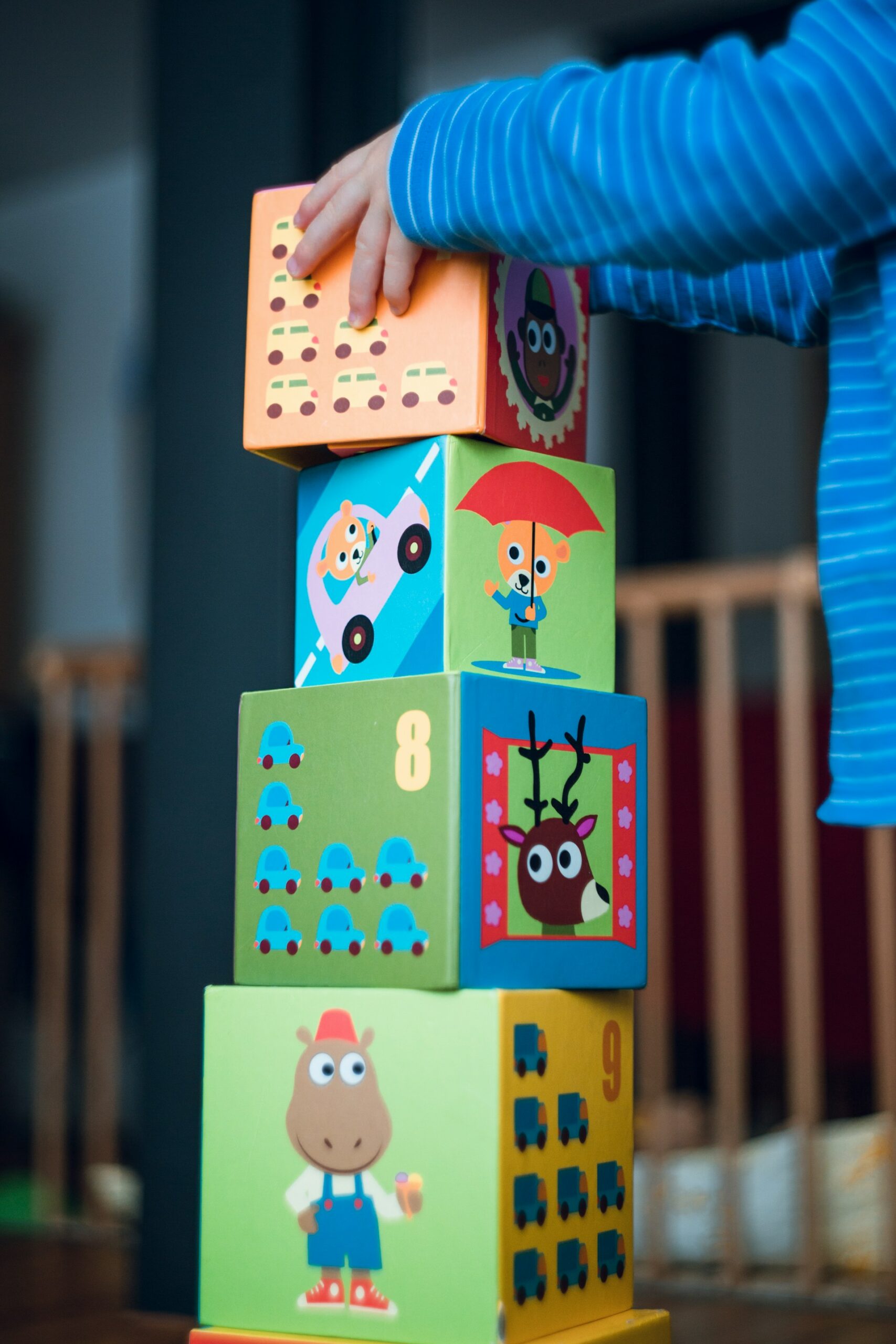Introduction
The role of interior design in fostering effective learning environments is a subject of great importance. As research continues to unveil, the physical environment, particularly the interior design, plays a vital role in enhancing the learning process. This comprehensive article delves into the multifaceted role of interior design in creating environments that not only boost learning but also foster productivity.
Understanding the Role of Interior Design in Learning
Interior design is far more than just aesthetics. It is a strategic blend of art and science that creates an environment conducive to learning. It essentially plays a pivotal role in shaping the learning atmosphere, influencing mood, concentration, and motivation, which are critical elements for effective learning.
Influencing Mood through Design
The impact of interior design elements, such as color, lighting, and decor on a student’s mood, is significant. Warm colors, for instance, can foster a sense of welcome and comfort, making the learning environment more inviting. On the other hand, cool colors promote relaxation and focus, essential for maintaining attention during learning activities.
Lighting, both natural and artificial, also plays a crucial role in creating a conducive learning environment. Proper lighting not only eliminates strain on students’ eyes but also enhances their mood, indirectly contributing to their learning effectiveness.
Enhancing Concentration through Spatial Arrangement
The arrangement of furniture and the overall layout of a room have direct implications on students’ concentration levels. Well-organized spaces with strategically placed furniture can enhance focus, while cluttered or disorganized spaces can lead to distractions, making it challenging for students to concentrate. An environment that prioritizes space, movement, and accessibility can significantly boost a student’s ability to focus and engage in learning activities.
Motivating Learning through Aesthetics
The aesthetics of a space can also significantly impact a student’s motivation to learn. A well-designed, attractive environment can inspire students, ignite their curiosity, and make them more eager to participate in the learning process. Aesthetics, in this context, goes beyond just visual appeal; it also includes the comfort and functionality of the space.
Conclusion
In conclusion, strong interior design is not just desirable but essential for creating effective learning environments. It has the power to influence mood, concentration, and motivation, and can have a significant impact on student engagement and performance. As such, it should be a key consideration in the design of learning spaces. It is an investment that can potentially transform the educational landscape, making learning a more interactive, engaging, and productive experience.




